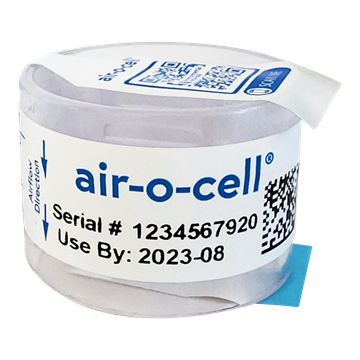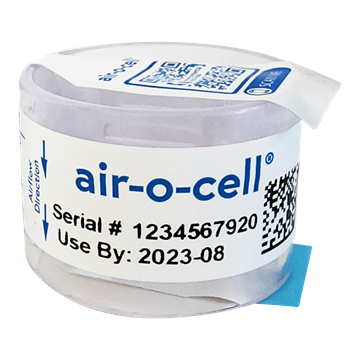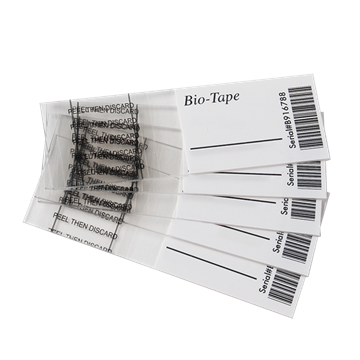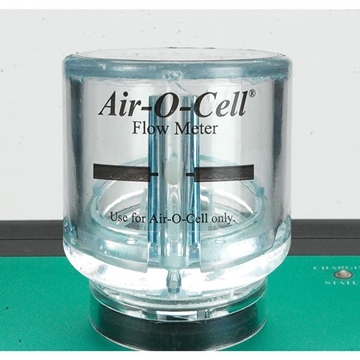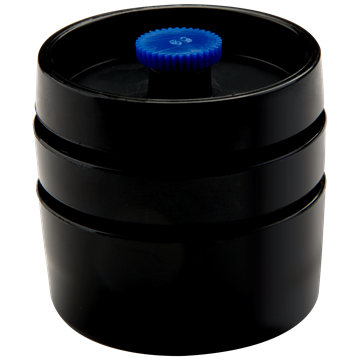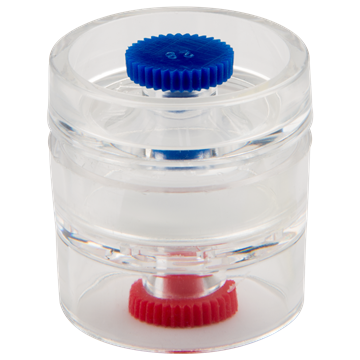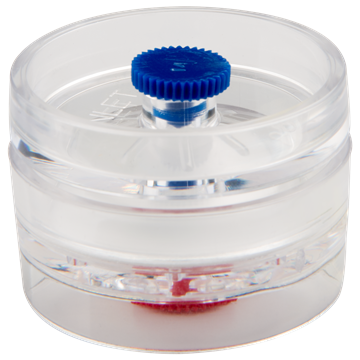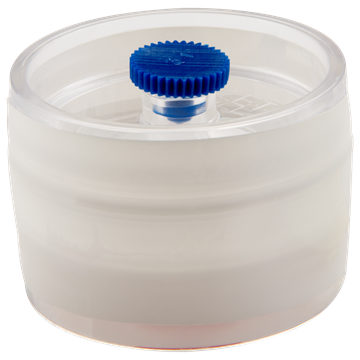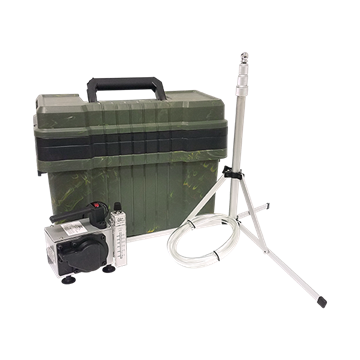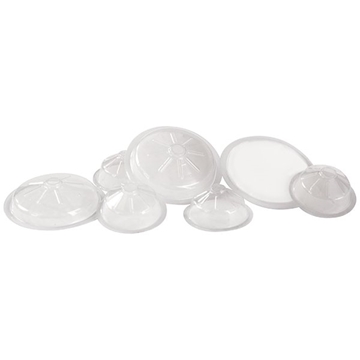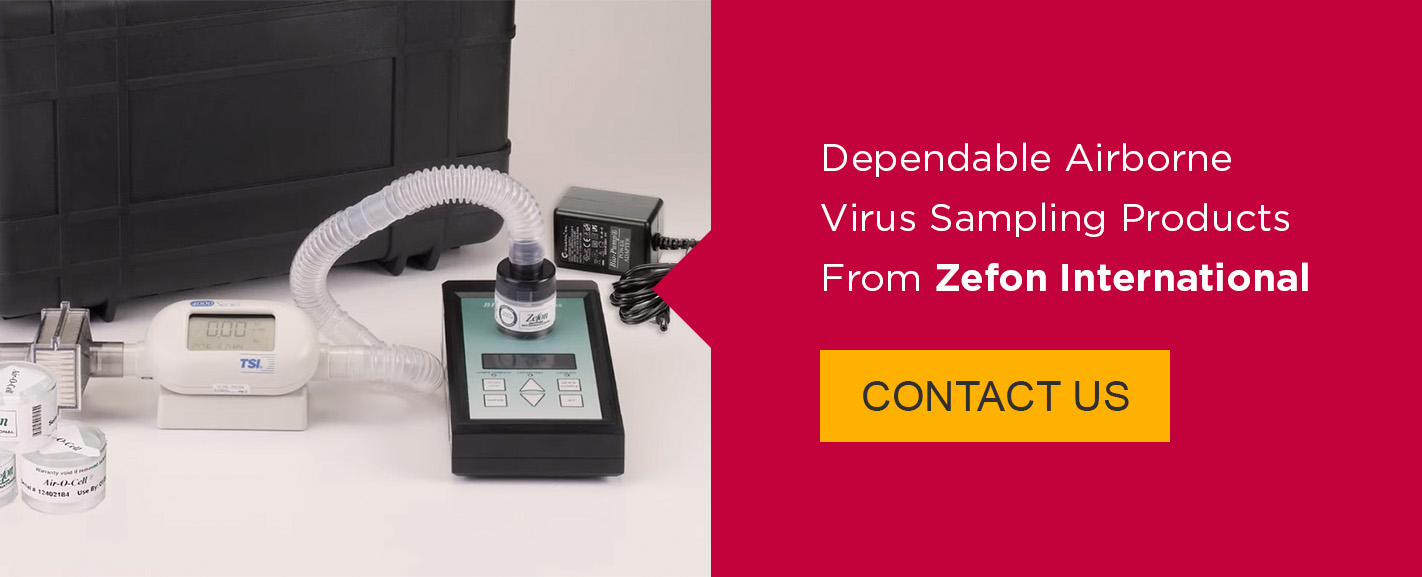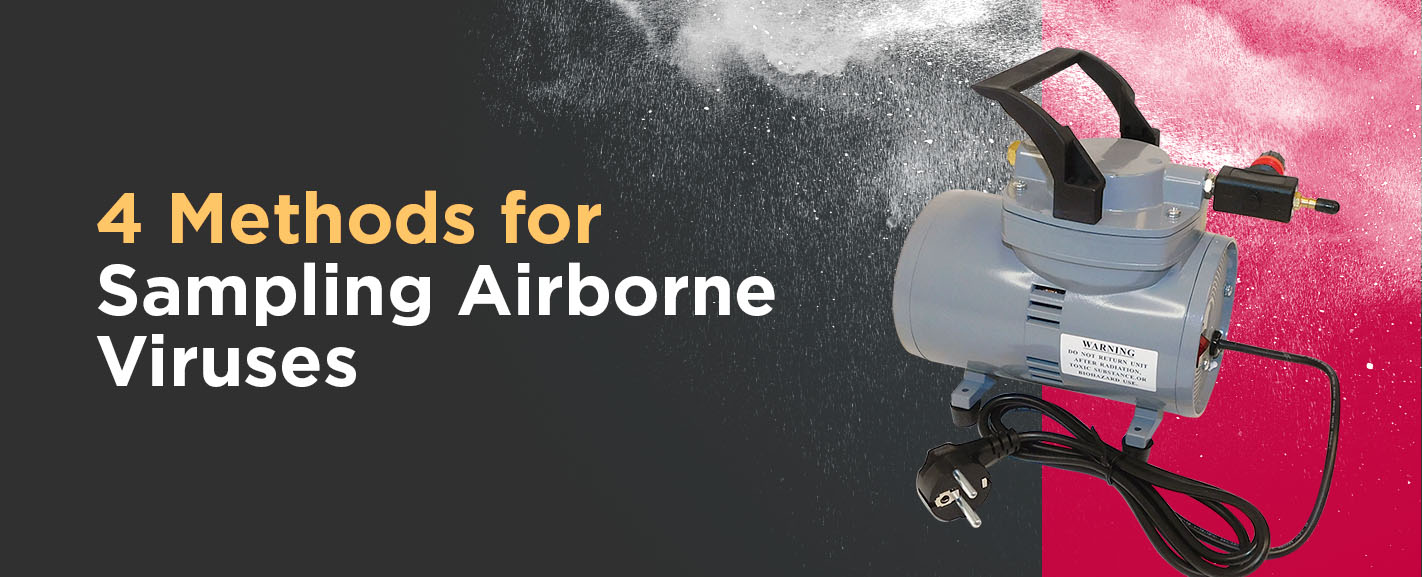
Whether you work in a laboratory or handle health and safety inspections there, you need dependable methods for sampling of airborne viruses. This guide explores several of the most effective tools and techniques, plus some environmental conditions affecting sampling accuracy.
What Is Airborne Virus Sampling?
Airborne virus sampling is a process used to determine what airborne contaminants are present in an environment. It uses various methods to extract viruses from the air for analysis.
Airborne virus sampling is valuable because it helps detect viruses and protect people from viral exposures. It provides the information a facility needs to implement safety protocols and keep everyone safe and healthy.
4 Airborne Virus Sampling Methods
Below is an overview of four standard airborne virus sampling instruments.
1. Solid Impactors
Solid impactors are highly efficient at capturing large viral particles from the air. They accelerate viral particles, separate them from air particles and impact them onto a solid surface such as a filter material or agar. Common examples include Andersen samplers, slit samplers and cyclone samplers.
Andersen samplers and slit samplers work by directing air particles through narrow slits or tiny holes and abruptly changing their direction. Viral particles have much more inertia than the surrounding air particles, so they cannot change direction with the air particles that surround them. They come out of the airflow and impact the solid surface.
Andersen samplers generally have several different stages that trap differently sized viral particles. Slit samplers contain a rotating petri dish that enables analysis of viral particle concentrations as a function of time.
Cyclone separators are solid impactors that use centrifugal force to separate viral particles from air particles. A scrubbing liquid injected into the cyclone separator collects the viral particles at its base.
Though solid impactors effectively sample large viral particles, smaller particles are more difficult to divert from the airstream. For this reason, solid impactors often underestimate the concentrations of smaller aerosols in the air.
2. Liquid Impingers
Liquid impingers are similar to solid impactors, except they impact the viral particles onto a liquid surface. Impingers generally work by passing air through air nozzles and into a liquid medium.
As the particles move, they flow through a tube that abruptly changes their direction. The bottom of the tube contains a curve that mimics the shape of the airway in your nose — it traps the larger viral particles. Smaller viral particles flow into the flask and impact on the liquid. The liquid prevents desiccation and enables scientists to extract the viruses' genetic material for analysis.
Common examples of liquid impingers include all-glass impingers, also known as Porton impingers, and AGI-type samplers. Some liquid impingers are multistage impingers that, like the Andersen sampler, are useful for separating viral particles by size.
One of the primary benefits of liquid impingers is that they allow for a gentler and more efficient sampling process than other sampling instruments. They enable the recovery of more infectious viral particles for analysis.
3. Filters
Filters sample the viral concentrations in the air by directly trapping viral particles in the airstream, rather than diverting them out of the airstream. They come in a range of compositions, thicknesses and pore types.
Filter-based cassettes are typical instruments used in airborne virus detection. A cassette is a hollow metal or plastic cylinder with a filter. Coupled with a sampling pump, it pulls air through the filter to collect viral particles. One primary benefit of using filters is that they can generally trap smaller particles that other instruments miss.
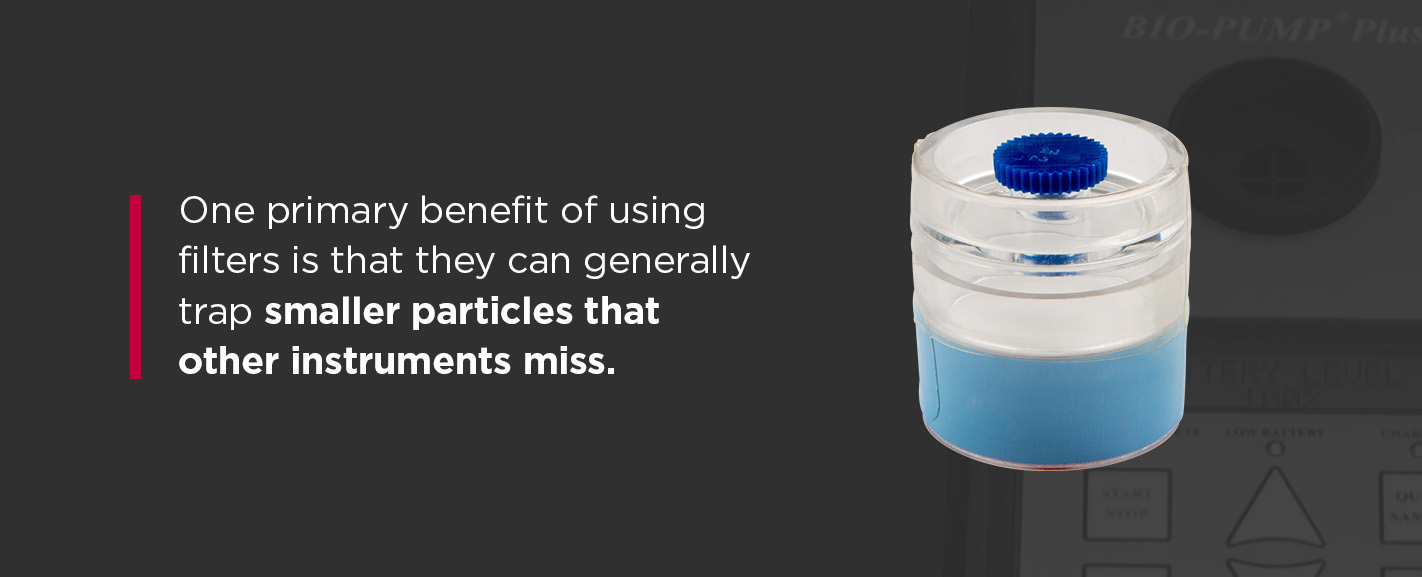
Because of factors like the size of an airborne virus particle, the diffusion phenomenon and electrostatic forces, filters generally work best on particles either significantly larger or significantly smaller than 0.3 microns in diameter. For this reason, manufacturers often determine filter efficiency with a 0.3-micron benchmark.
4. Electrostatic Precipitators
Electrostatic precipitators are large-volume samplers that use electrostatic energy for air sampling. They work by pulling thousands of liters of air per minute through a high-voltage corona, where the particles become electrically charged. The instrument then precipitates the viral particles onto a rotating grounded disk and uses a fluid to wash off and concentrate the precipitated particles.
These instruments have been useful in recovering airborne viruses such as adenoviruses, non-enveloped double-stranded DNA viruses and picornaviruses. They often contain attached pre-impactors to capture particles larger than 15 microns in diameter.
Electrostatic precipitators can recover slightly more infectious viruses than other instruments such as cyclone separators. However, they are significantly more complicated to operate.
Additional Virus Sampling Methods
Beyond air sampling, scientists also use several other virus sampling methods.
- Surface swabbing: Surface swabbing usually involves swabbing the surfaces of air purifier filters in a facility. This method gives a reasonable approximation of the viral load in the air.
- Settling systems: Settling systems use petri dishes to collect viral particles. The petri dishes typically contain a substance like agar to encourage growth. These systems are best at collecting large viral particles that will spontaneously settle out of the air.
- Sentinel animals: Some facilities test for viruses by exposing susceptible sentinel animals to the air. If viral particles are present in sufficient concentrations, the animals will either show symptoms or develop infections detectable through lab analyses.
- Tape: Other sampling products like Bio-Tape are useful for virus sampling. When pressed onto a surface, they adhere to the viral particles present.
Variables That May Impact Airborne Virus Sampling
Many different environmental and operational factors can affect airborne virus sampling.
- Relative humidity: The relative humidity in the air affects the size of viral particles. RH can cause infectious viral droplets to shrink significantly, making them harder to capture with some instruments like solid impactors. Various viruses also often require different RHs to maintain their infectivity. For example, the human coronavirus is most stable at intermediate RH and less stable at low or high RH.
- Temperature: The ambient temperature also affects virus sampling because it impacts virus infectivity. Some viruses, including many seasonal viruses, are more infectious at low temperatures, irrespective of RH. With these viruses, air sampling may be most effective at low temperatures.
- Radiation: UV radiation generally diminishes viral survivability. For this reason, facilities sometimes use UV germicidal lamps to kill airborne microorganisms indoors. Air sampling in an environment subject to radiation may not detect many infectious viral particles.
- Aerosolization medium: The aerosolization medium affects virus recovery through sampling. For example, treatments such as pre-humidification or the addition of dextrose to the aerosolization medium can sometimes enhance the recovery of specific viruses.
- Exposure period: A longer exposure period can aid in the recovery of airborne viruses. Whatever method you use, be sure to allow for a long enough exposure period to obtain an accurate sample.
- Chemical composition of the air: Certain elemental substances or compounds can directly affect virus survivability. For instance, ozone can inactivate some airborne viruses, as can specific positive ions.
- Sampling methods: Choosing the correct sampling method for the viral particles in the air is critical. Solid impactors may perform well when sampling for viruses with larger particle sizes. With smaller viruses that can evade these instruments, filter instruments are likely to be the most effective solution.
Dependable Airborne Virus Sampling Products From Zefon International
When you need dependable methods for sampling airborne viruses, make Zefon International your trusted source. We are a longstanding partner with air quality experts and can ensure you have the tools you need to ensure safety in areas where airborne viruses may be present.
We offer an array of sampling media and cassettes, as well as air sampling pumps and calibrators. Our high-quality, defect-free products comply with regulatory requirements, and we deliver on time for our customers, so you'll be confident about having the instruments you need when you need them.
Contact us today to learn more about our airborne virus sampling products.
























